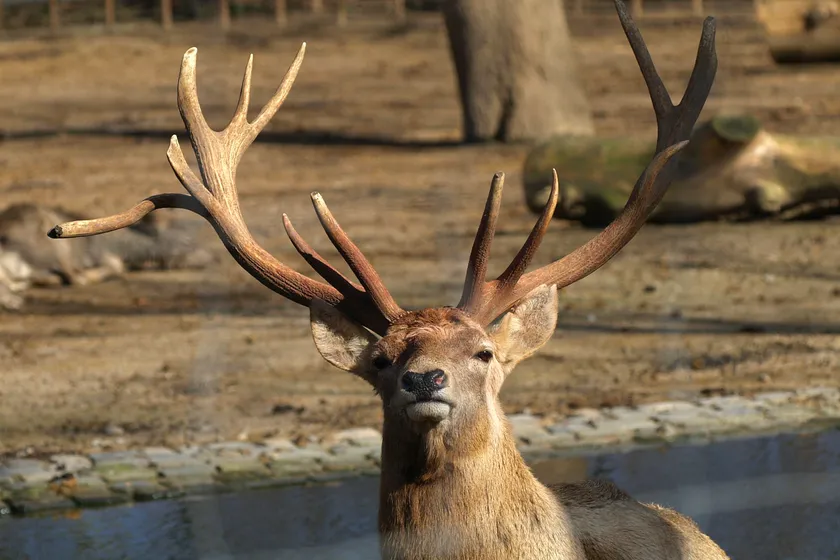Kazakhstan continues to repopulate the territory of the Ile-Balkhash reserve with the red-listed Bukhara red deer (or Bactrian deer) as part of the WWF-backed tiger reintroduction program, Qazmonitor reports with reference to the Ministry of Ecology, Geology and Natural Resources.
The ministry conducted its fourth annual release of the Bukhara deer in the state-owned nature reserve. This year, 61 deers were brought from Karachingil State Hunting Preserve, making the overall deer count equal to 150 heads.
In 2019, only 5 deers were released in the reserve. Fifteen were introduced in 2020 and 61 heads in 2021.
In order to track the movement of the animals in the area, the state installed six camera traps. Special collars with GPS sensors were put on three deer. The devices were attached painlessly and do not cause any harm to the animals.
The Bukhara deer are included in the Red List of Kazakhstan and in the International Red List. The red deer species is a prey animal for the extinct Turanian tiger that was native to the territory along the Ile River Delta in the Southern Balkhash region.
According to World Wide Fund (WWF), wild tigers completely disappeared from Central Asia in the 1960s due to habitat loss and uncontrolled hunting and poaching.
If successful, Kazakhstan will be the first country to bring wild tigers back to where they have been extinct for nearly half a century. So far, tiger relocation projects have only been achieved within national borders and in areas that are already considered current tiger habitats.
The reintroduction program is being implemented by the Committee of Forestry and Wildlife with the support of WWF Russia and UNDP's office in Kazakhstan.
Similar articles:










